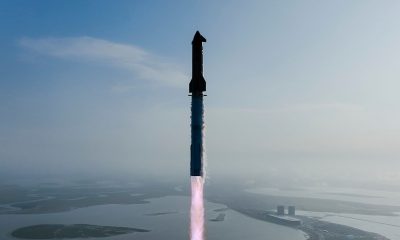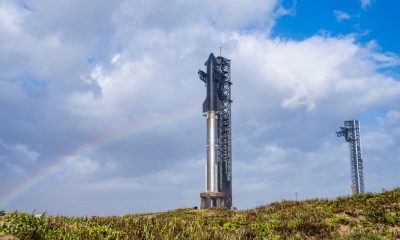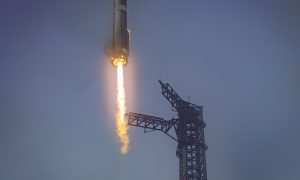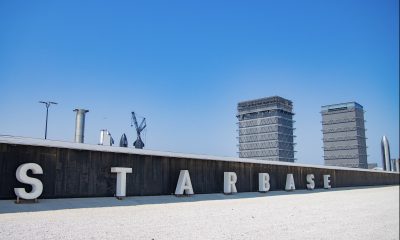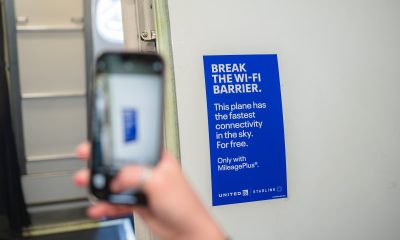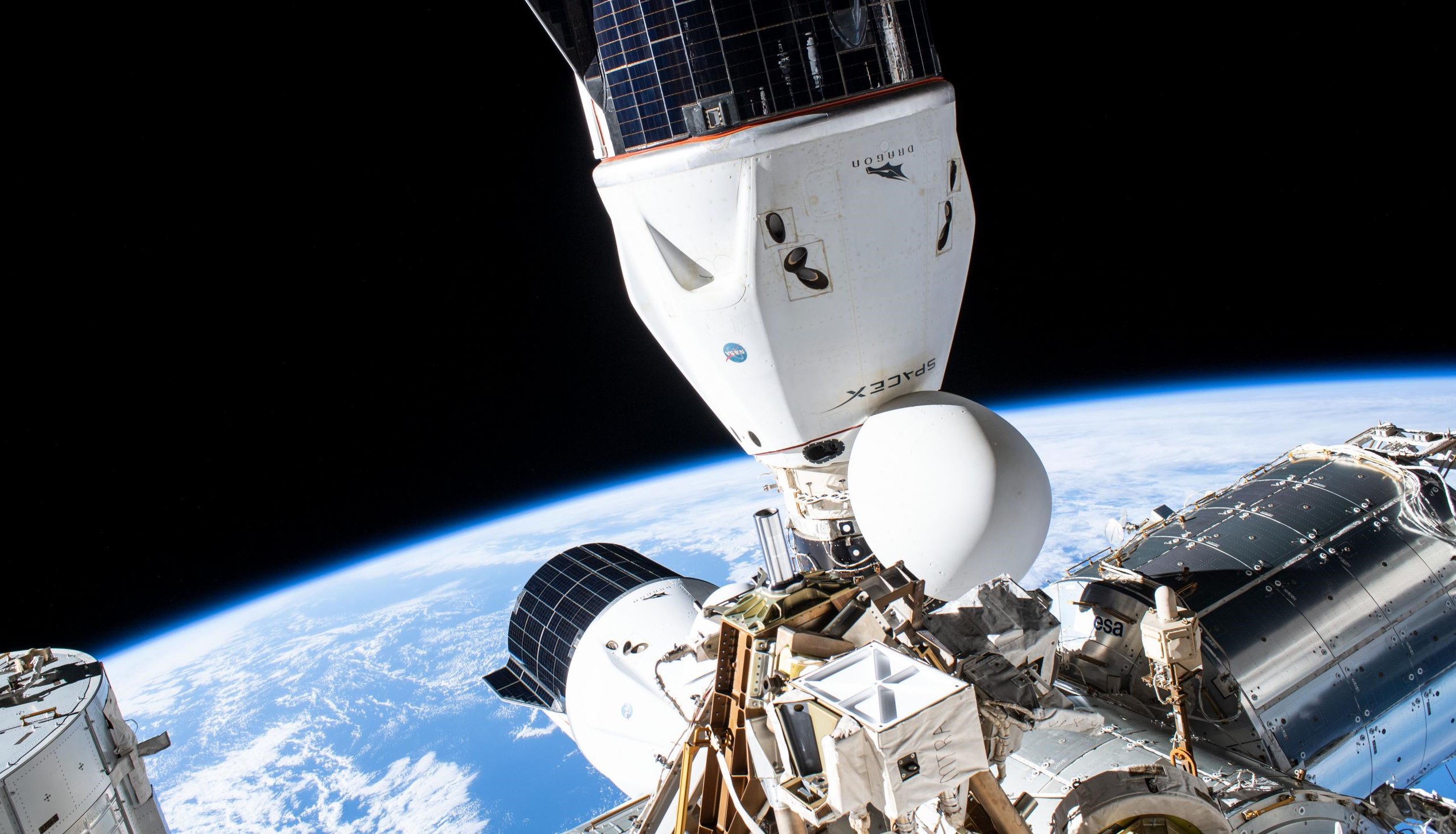

News
SpaceX a bastion of independent US, European spaceflight amid Russian threats
Russia has invaded Ukraine without provocation, triggering a series of diplomatic responses – sanctions in particular – that recently culminated in the aggressor deciding to cut ties with Europe on a number of cooperative spaceflight projects.
Dmitry Rogozin, director of Russia’s national ‘Roscosmos’ space agency, went as far as implying that the country might respond to the West’s aerospace sanctions by ending its support of the International Space Station (ISS), a move that could cause the football-field-sized structure to gradually deorbit and reenter Earth’s atmosphere. Were it not for the existence of two extraordinarily successful NASA programs and SpaceX in particular, Russia’s response – which, today, reads like a child’s tantrum – could easily have been a grave threat with far-reaching consequences.
In response to sanctions after its unprovoked invasion, Russia announced that it was withdrawing support from Europe’s French Guinea Soyuz launch operations, effectively killing Arianespace’s Soyuz offering and potentially delaying several upcoming European launches indefinitely.
As a quick side note, it’s worth noting that ULA’s lack of readily available rockets and the fact that Arianespace is likely at least a year or more away from regular Ariane 6 launches means that SpaceX may be the only Western launch provider in the world capable of filling in the gap that Arianespace’s Soyuz loss will leave. Aside from pursuing Chinese launch services, which is likely a diplomatic non-starter, the only alternative to rebooking former European Soyuz payloads on SpaceX rockets is to accept one or even several years of expensive delays.
On the other half of the coin is the International Space Station. NASA signed its first major contract with SpaceX in 2008, awarding the company $1.6 billion (and up to $3.5 billion) to launch a dozen Cargo Dragon supply missions to the ISS. Aside from effectively pulling SpaceX back from the brink of dissolution, those funds also covered a large portion of the development of its Falcon 9 rocket and Dragon spacecraft and simultaneously funded Orbital Science’s (later Orbital ATK and now Northrop Grumman) Cygnus cargo spacecraft and Antares rocket.
Despite suffering two failures in 2014 and 2015, NASA’s Commercial Resupply Services (CRS) program has been an extraordinary success. Together, Cygnus (17) and Dragon (24) have completed 41 deliveries in the last 12 years, carrying more than 110 tons (~240,000 lb) of cargo to the ISS.
Out of sheer coincidence, on February 19th, mere days before Russia’s act of war, Northrop Grumman launched the first Cygnus spacecraft designed to help ‘re-boost’ (raise the orbit of) the International Space Station. Since NASA’s premature 2011 retirement of the Space Shuttle, that task has been exclusively conducted by a combination of Russian spacecraft and the station’s Russian Zvezda module. Without regular Russian re-boost support, the station would deorbit and be destroyed. In other words, if push came to shove, the ISS could very literally fail without direct Russian involvement. Rogozin’s threat, then, was that Russia might cease to support ISS re-boosting if sanctions went too far.
However, even while ignoring the fact that NASA itself actually paid for and owns the ISS Zvezda propulsion module and in light of the first Cygnus spacecraft upgraded with a re-boost capability berthing with the station the very same week of the invasion, Russia’s threat rang decidedly hollow. Further, if Cygnus weren’t available, it’s still difficult to imagine that SpaceX wouldn’t be able to quickly develop its own Dragon re-boost capability if asked to do so.
While re-boosting is crucial, the situation has also emphasized just how little leverage Russia now has over even more important aspects of the International Space Station. Were it not for the existence of SpaceX and NASA’s Commercial Crew Program (CCP), the situation could be even direr for Europe and the US. Despite some pressure from lawmakers to only award the CCP contract to Boeing, NASA ultimately selected Boeing and SpaceX to develop independent crew capsules capable of carrying US astronauts to and from ISS in 2014. Following a near-flawless uncrewed Crew Dragon test flight in 2019 and an equally successful crewed demo mission in 2020, SpaceX completed its first operational Crew Dragon launch in November 2020.
Since then, SpaceX has launched another two operational ‘crew rotation’ missions, meaning that the company has now singlehandedly supported all US astronaut launch and recovery operations for 16 months. Due in part to extensive mismanagement, Boeing’s Starliner spacecraft was nearly destroyed twice during its first catastrophic uncrewed test flight in December 2019. The spacecraft is still months away from a second attempt at that test flight, likely at least 9-12 months away from a hypothetical crewed test flight, and potentially 18+ months away from even less certain operational NASA astronaut launches. Further, though ULA CEO Tory Bruno claims that the company doesn’t need any support from Russia, all Atlas Vs – the rocket responsible for launching Starliner – depend on Russian-built RD-180 engines.
Further adding to the mire, even Cygnus is not immune. The first stage of the Antares rocket that mainly launches it is both built in Ukraine and dependent upon Russian Energomash RD-181 engines. Northrop Grumman only has the hardware on hand for the next two Cygnus-Antares launches, at which point the company will have to either abandon its NASA contract or find an alternative launch provider. Once again, SpaceX is the only US provider obviously capable of filling that gap on such short notice and without incurring major delays of half a year or more.

In fewer words, without SpaceX, NASA would still be exclusively dependent upon Russian Soyuz rockets and spacecraft to get its astronauts to and from the space station it spent tens of billions of dollars to help build. Even in a best-case SpaceX-free scenario, NASA might instead be dependent upon a rocket with Russian engines to launch its own astronauts. Needless to say, the presence of US astronauts on Russian launches and ULA’s use of Russian engines were already extremely sensitive issues after Russia ‘merely’ invaded Ukraine’s Crimea region in 2014.
It’s hard not to imagine that US and European responses to Russia’s aggression would have been weakened if NASA and ESA astronauts were still entirely dependent upon Russia to access the International Space Station. Further, in the same scenario, given its withdrawal from French Guinea, it’s also not implausible to imagine that Russia might have severely hampered or even fully withdrawn its support of Western access to the ISS.
Put simply, Crew Dragon – now a bastion of independent European and US human spaceflight in an age of extraordinary Russian recklessness – has arguably never been more important and SpaceX’s success never more of a triumph than they are today.
News
Tesla customers are still being targeted by automaker with Musk rivalry
Lucid is still targeting Tesla owners with offers on trade-in allowance.
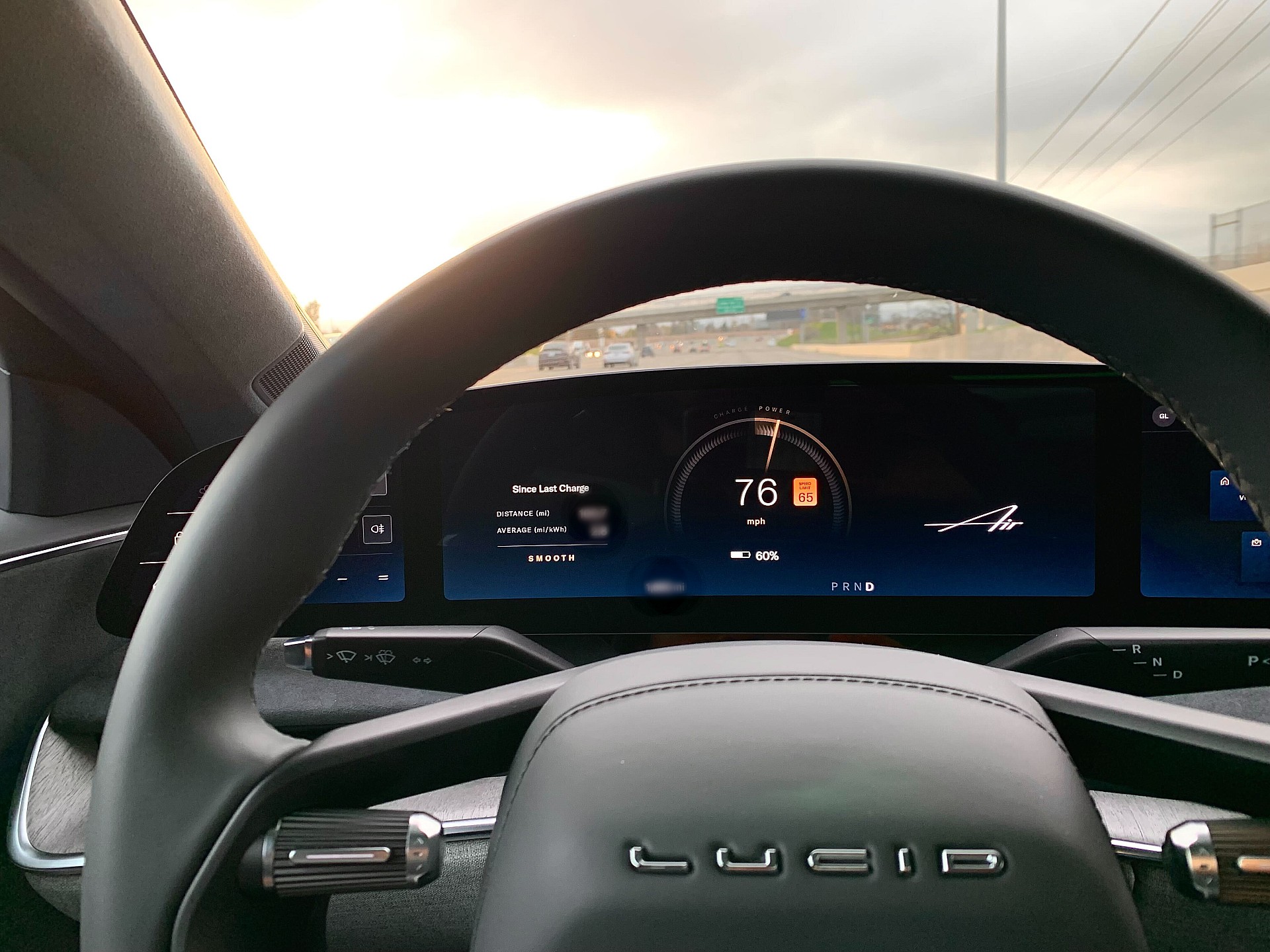
Tesla customers are still being targeted by other car companies, who are offering big incentives to trade in their current EVs for a new one.
One company that has not backed off from its trade-in promotion is one with a long-standing rivalry with Elon Musk, because its former CEO-turned-boardmember has a bitter relationship with the frontman.
Lucid is continuing to offer a $4,000 trade-in allowance on Tesla vehicles specifically, an effort that many companies have offered to owners of Musk’s EV brand in an effort to snag away some of those who might be on the fence about switching.
Lucid still aggressively targeting Tesla customers pic.twitter.com/Dj0yNG7Btj
— Dan Burkland (@DBurkland) June 4, 2025
Many companies have offered these types of promotions before, but Lucid’s seems to be an extended one — almost an open invitation. It could have something to do with the rivalry Musk has had with former CEO Peter Rawlinson, who stepped down from his post as the company’s head executive three months ago.
Musk and Rawlinson were at one time co-workers. At Tesla, the two worked on the Model S together. That is, until Rawlinson abruptly left. There are still questions about what his exact job title was there, but Musk refuses to agree with Rawlinson’s claimed title of Chief Engineer of the project, which launched Tesla from niche to more mainstream.
Polestar has been trying to poach Tesla owners for months as well, and it’s no secret why. Musk’s political involvement and his work with DOGE certainly put some Tesla drivers in a tough spot, and some could be willing to give up their cars.
However, the success rates of these promos are unknown.
News
Tesla Model Y charges to bring strongest month in Australia in 2025
Tesla saw a strong month of sales in Australia, led by the dominating performance of the Model Y.
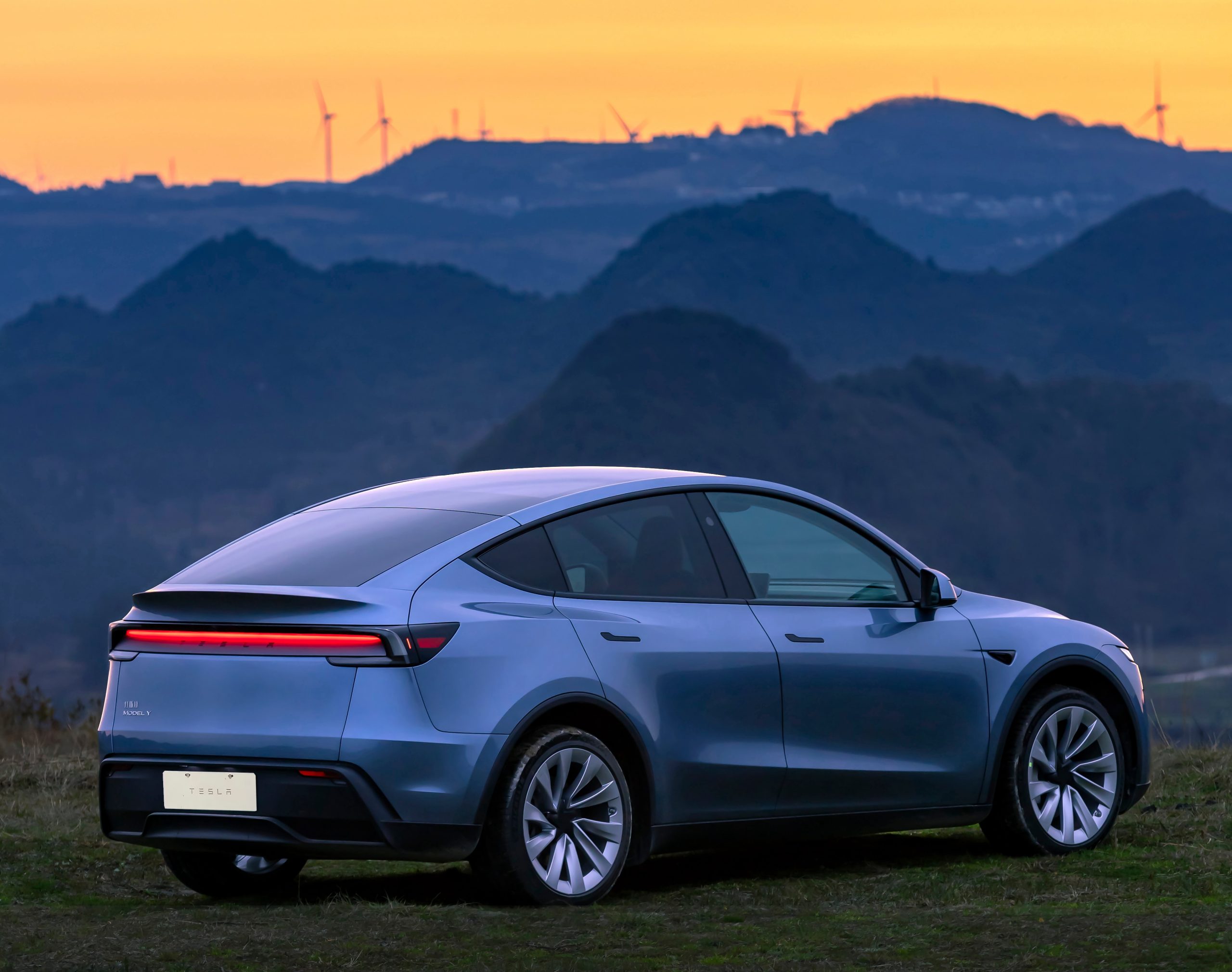
Tesla can thank the Model Y for bringing the company to its strongest monthly performance of the year in Australia.
In May, the Model Y accounted for 3,580 of the 3,897 total sales Tesla reported for the month in Australia. That’s a 9.3 percent increase from May 2024, while the Model Y had its best month since June 2024 with a 122.5 percent increase from the same month a year prior.
Additionally, it was the company’s best May in two years, when it sold 4,476 cars in May 2023.
It is a strong point in what has been a tough year for Tesla, but the difficulty can mostly be attributed to the switchover of production lines the company performed at each of its global production facilities.
It updated the Model Y earlier this year with a brand new front and rear fascia, as well as suspension improvements, and cabin modifications to provide a more comfortable ride.
Tesla’s Country Manager for Australia, Thom Drew, spoke to Drive in April about the Model Y and its influence on the company’s performance in Australia.
Tesla Cybertruck needs changes before Australia entry, but no guarantees it will arrive
He said the company saw tremendous interest in the Launch Edition of the new Model Y, which featured premium badging and some other novelty improvements compared to the Long Range All-Wheel-Drive that is available already.
Drew said:
“When we launched orders back in January, we had an enormous response to the launch edition. We’ve only just started test drives in the last couple of weeks. The boat’s been slowly making its way around the country. And now we’re seeing that kind of second wave come through, and seeing a lot of interest. I think we had a record test drive week, last week, in our entire history. So yeah, [we’re] seeing some really strong interest.”
Tesla is hoping to see improvements in sales performance across the globe, but it is primarily focused on the rollout of the Robotaxi platform, which is set for release on June 12.
Elon Musk
Elon Musk explains Tesla’s domestic battery strategy
Elon Musk responded to a new note from an analyst that highlighted Tesla’s battery strategy.
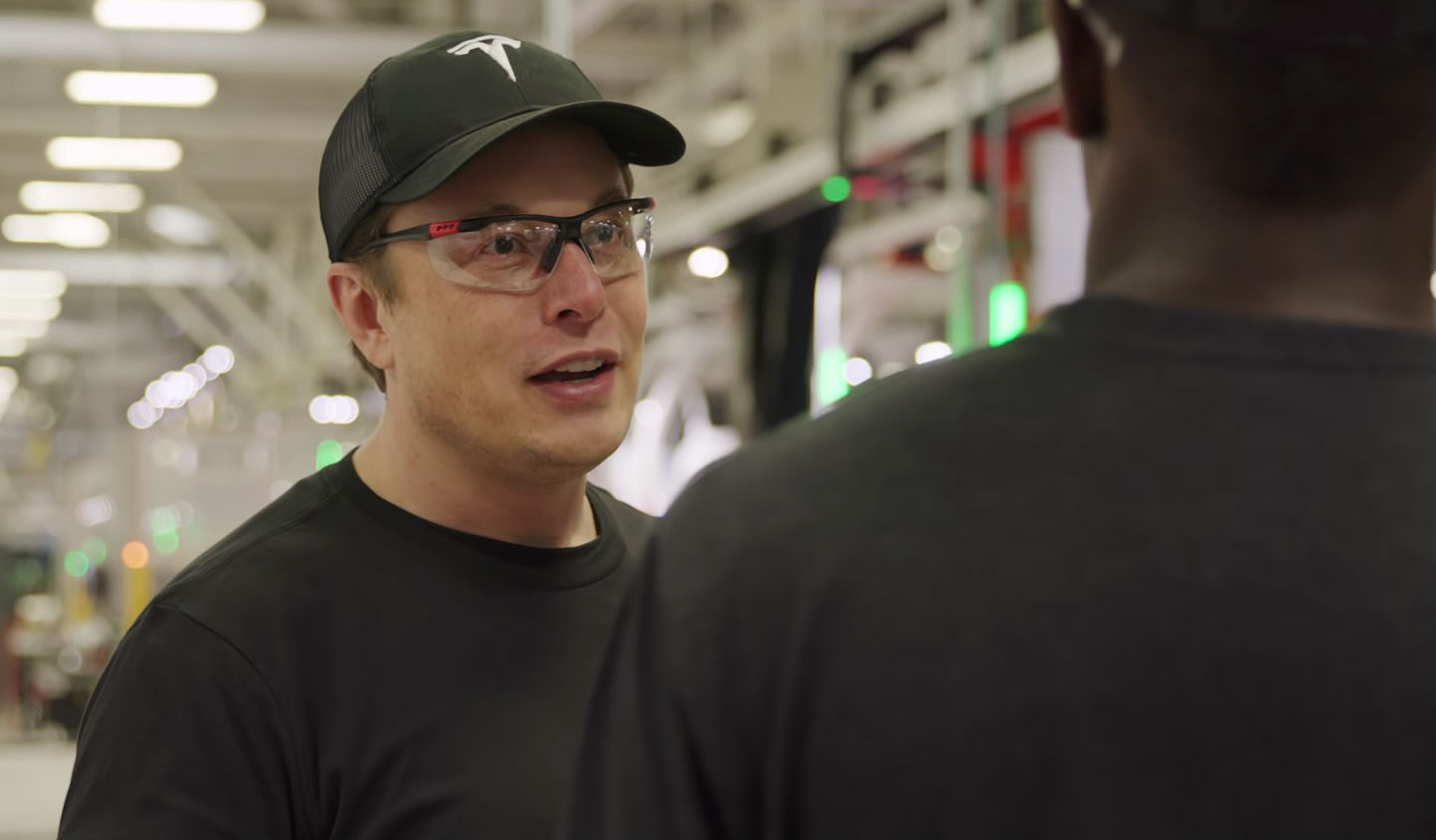
Tesla CEO Elon Musk explained the automaker’s strategy for building batteries from top to bottom in a domestic setting as the company continues to alleviate its reliance on Chinese materials, something other companies are too dependent on.
With the Trump Administration, it is no secret that the prioritization of U.S.-built products, including sourcing most of the materials from American companies, is at the forefront of its strategy.
The goal is to become less dependent on foreign products, which would, in theory, bolster the U.S. economy by creating more jobs and having less reliance on foreign markets, especially China, to manufacture the key parts of things like cars and tech.
In a note from Alexander Potter, an analyst for the firm Piper Sandler, Tesla’s strategy regarding batteries specifically is broken down.
Potter says Tesla is “the only car company that is trying to source batteries, at scale, without relying on China.”
He continues:
“Eventually, Tesla will be making its own cathode active materials, refining its own lithium, building its own anodes, coating its own electrodes, assembling its own cells, and selling its own cars; No other US company can make similar claims.”
Musk, who spent time within the Trump White House through his work with the Department of Government Efficiency (DOGE), said that Tesla is doing the “important” work of localizing supply chains as the risks that come with being too dependent on foreign entities could be detrimental to a company, especially one that utilizes many parts and supplies that are manufactured mostly in China.
It is important, albeit extremely hard work, to localize supply chains to mitigate geopolitical risk
— Elon Musk (@elonmusk) June 3, 2025
Tesla has done a lot of work to source and even manufacture its own batteries within the United States, a project that has been in progress for several years but will pay dividends in the end.
According to a 2023 Nikkei analysis, Tesla’s battery material suppliers were dominated by Chinese companies. At the time, a whopping 39 percent of the company’s cell materials came from Chinese companies.
This number is decreasing as it operates its own in-house cell and material production projects, like its lithium refinery in Texas.
It also wants to utilize battery manufacturers that have plans to build cells in the U.S.
Panasonic, for example, is building a facility in Kansas that will help Tesla utilize domestically-manufactured cells for its cars.
-
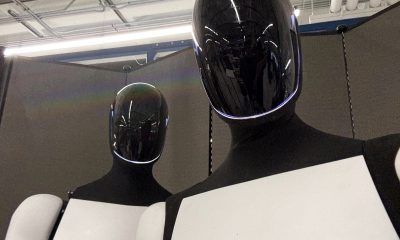
 News2 weeks ago
News2 weeks agoTesla posts Optimus’ most impressive video demonstration yet
-
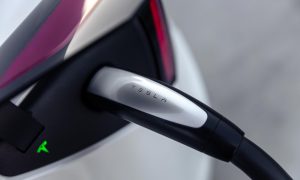
 News4 days ago
News4 days agoTesla to lose 64 Superchargers on New Jersey Turnpike in controversial decision
-
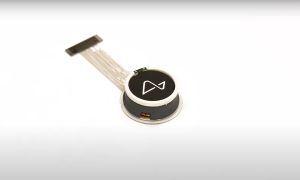
 News2 weeks ago
News2 weeks agoNeuralink Blindsight human trials expected to start in the UAE
-
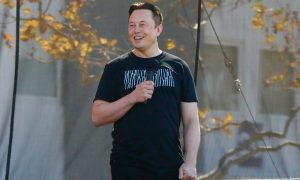
 Elon Musk2 weeks ago
Elon Musk2 weeks agoElon Musk just revealed more about Tesla’s June Robotaxi launch
-
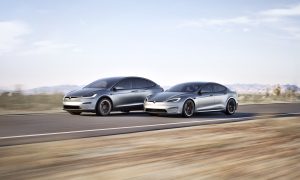
 News2 weeks ago
News2 weeks agoTesla’s new Model S and X spotted, but they leave a lot to be desired
-
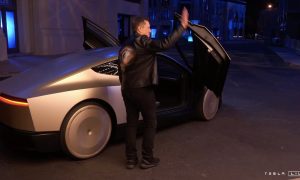
 Elon Musk2 weeks ago
Elon Musk2 weeks agoTesla set for ‘golden age of autonomous’ as Robotaxi nears, ‘dark chapter’ ends: Wedbush
-
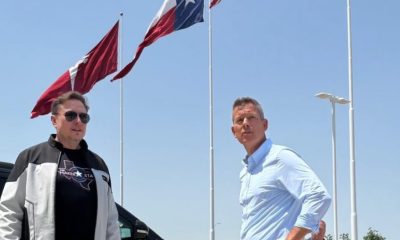
 Elon Musk2 weeks ago
Elon Musk2 weeks agoUSDOT Secretary visits Tesla Giga Texas, hints at national autonomous vehicle standards
-
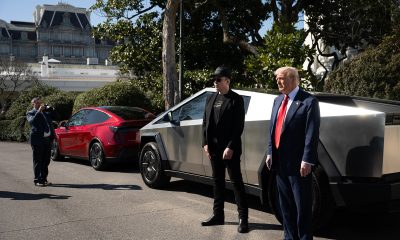
 Elon Musk2 weeks ago
Elon Musk2 weeks agoHow Tesla could benefit from the ‘Big Beautiful Bill’ that axes EV subsidies




